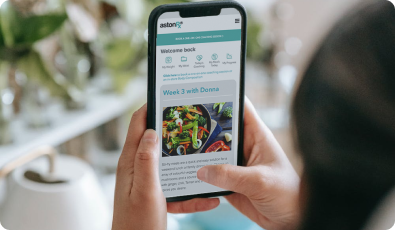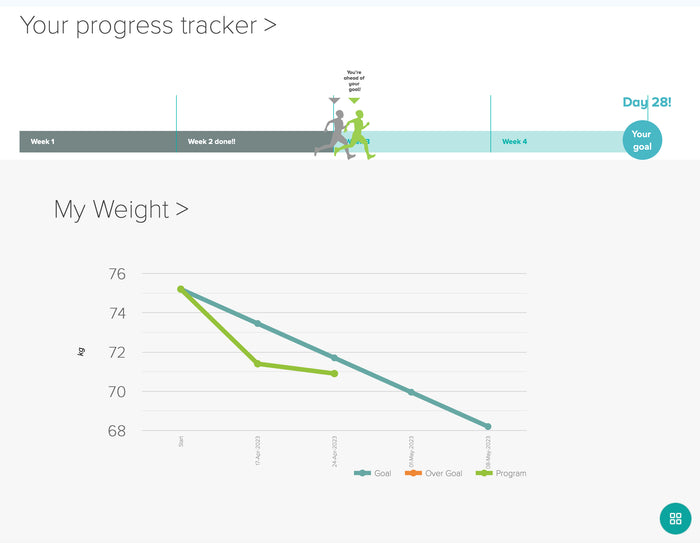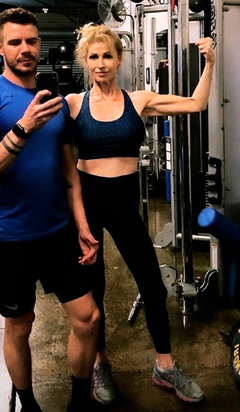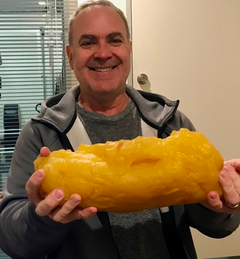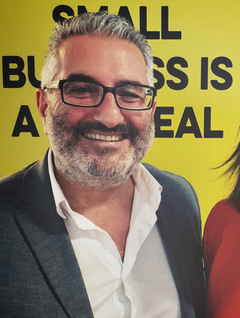In developed countries like Australia, clinical nutrient deficiencies — like scurvy or rickets — are rare. Thanks to our access to fortified foods and generally adequate food intake, most people assume they’re getting what they need. But surviving isn’t the same as thriving.
Your body prioritises immediate survival needs (like keeping your heart beating and lungs working) over long-term repair and resilience — such as supporting brain health, immune function, and bone integrity. In other words, you could be running low on key nutrients without ever knowing it, until the cracks begin to show.
And here in Australia, the data backs this up.
National Health Surveys suggest that many Australians fall short of meeting their nutrient needs — even without overt signs of deficiency.
According to the Australian Bureau of Statistics (ABS), large proportions of the population aren’t consuming enough key micronutrients, including magnesium, calcium, potassium, vitamin D, and iron (especially in women of reproductive age). And that’s despite our national food fortification programs.
In fact, one major Australian study found that more than 1 in 3 adults had inadequate intakes of at least one essential nutrient — and this included people who considered their diets “healthy.”
The truth is, even popular health-conscious eating plans can miss the mark.
An analysis of various mainstream diets revealed they commonly leave people deficient in several micronutrients, unless food intake is drastically increased — sometimes to impractical levels. This highlights the gap between meeting your fuel needs and meeting your nutritional needs. It’s not uncommon to be overweight and undernourished.
So, how do we bridge that gap?
It Starts With Nutrient Density and Diversity.
Not all calories are equal — and not all diets suit all stages of life. Research published in the Proceedings of the National Academy of Sciences (PNAS) found that certain groups have particularly high nutrient requirements relative to their energy needs, including:
- Women of reproductive age — nearly 70% are deficient in at least one essential micronutrient.
- Children under five — need double the iron density per calorie compared to adults.
- Older women — require more calcium, B12, and folate, even as their appetites decrease.
- Pregnant and breastfeeding women — need dramatically higher levels of key nutrients like folate and iron to support both maternal and infant health.
Yet in Australia, many of these groups don’t meet their recommended daily intakes — not because of a lack of food, but because of a lack of nutritional quality.
Can a plant-based diet meet all your needs?
It’s possible — but it takes knowledge and strategy. While plant foods are rich in fibre and antioxidants, they often fall short in nutrients like B12, iron, zinc, and DHA — or may contain compounds (like phytates and oxalates) that block absorption. This is particularly challenging for people with smaller appetites, such as children or older adults.
That’s where animal-source foods come in.
Foods like liver, eggs, shellfish, dairy, and oily fish are among the most nutrient-dense on the planet. For example, just a teaspoon of beef liver can deliver a third of your daily needs for six essential nutrients — something that would take several cups of lentils (and hundreds of calories and excessive carbohydrates) to match.
This means that when we talk about “eating healthy,” we should also be talking about bioavailability and density, especially for those who are vulnerable or eating less.
Quick Nutrition Self-Check:
- Are you eating a variety of whole, minimally processed foods?
- Are you including high-quality protein from both plant and animal sources?
- Do you include nutrient-dense options like leafy greens, eggs, small fish, and meats?
- Are you supplementing strategically if your diet or lifestyle restricts certain food groups?
If you’re unsure, or if you’ve been eating less due to dieting, gut issues, or time pressures, it might be worth taking a closer look at your nutrient intake — not just your calories.
Because your body isn’t just trying to stay alive. It’s trying to function, repair, protect and thrive. But it can only do that when it has the raw materials to work with.






